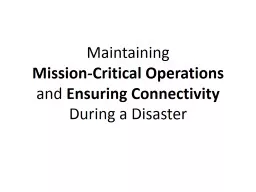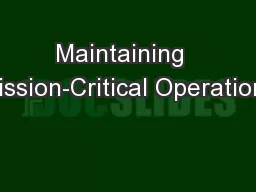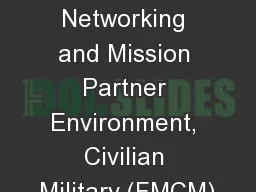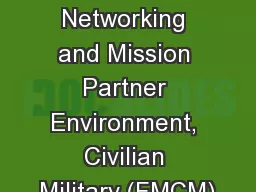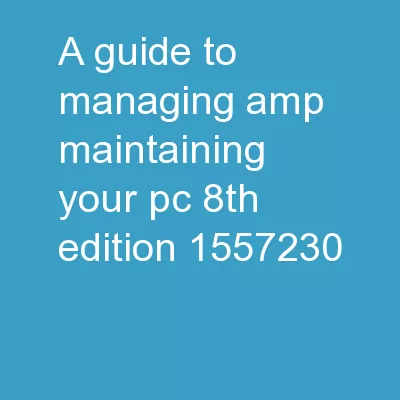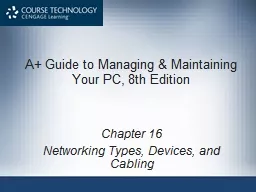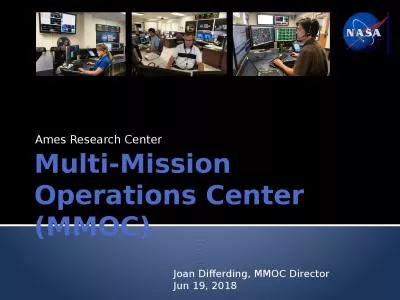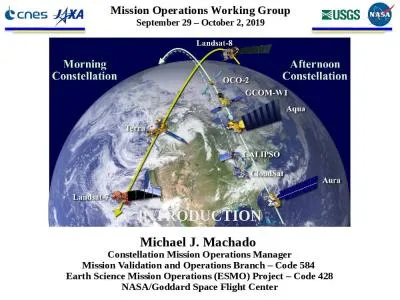PPT-Maintaining Mission-Critical Operations
Author : stefany-barnette | Published Date : 2020-01-28
Maintaining MissionCritical Operations and Ensuring Connectivity During a Disaster John Fanelli Senior Director Hughes Oct 11 2016 Show you how to eliminate your
Presentation Embed Code
Download Presentation
Download Presentation The PPT/PDF document "Maintaining Mission-Critical Operations" is the property of its rightful owner. Permission is granted to download and print the materials on this website for personal, non-commercial use only, and to display it on your personal computer provided you do not modify the materials and that you retain all copyright notices contained in the materials. By downloading content from our website, you accept the terms of this agreement.
Maintaining Mission-Critical Operations: Transcript
Download Rules Of Document
"Maintaining Mission-Critical Operations"The content belongs to its owner. You may download and print it for personal use, without modification, and keep all copyright notices. By downloading, you agree to these terms.
Related Documents

